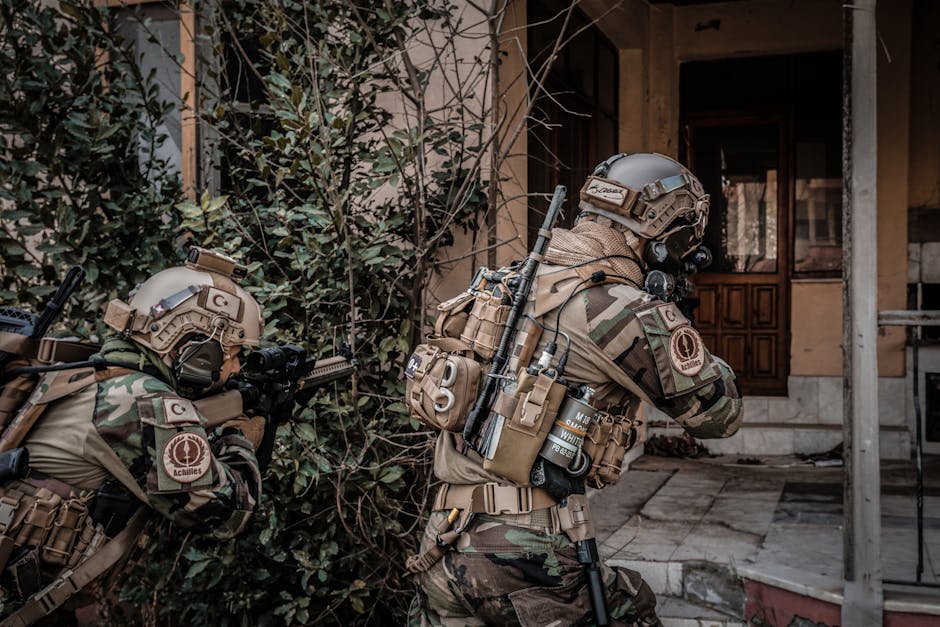Ex-CIA Officer: Pakistan’s Nukes Were Meant to Deter India
A former CIA officer has disclosed that Pakistan’s nuclear weapons program was primarily developed to counter India’s military strength. This revelation reignites discussions about the tense nuclear dynamics between the two South Asian rivals, who have fought multiple wars since 1947.
Why Pakistan Pursued Nuclear Weapons
The unnamed ex-CIA officer stated at a security conference that Pakistan saw its nuclear arsenal as a necessary deterrent against India’s conventional military dominance.
“Pakistan’s nuclear program wasn’t about global power—it was about survival against India,” the officer said. This aligns with intelligence assessments that Pakistan accelerated its efforts after India’s first nuclear test in 1974.
The India-Pakistan Nuclear Arms Race
The rivalry traces back decades:
– 1974: India’s “Smiling Buddha” test.
– 1980s-90s: Pakistan, aided by A.Q. Khan’s network, developed nukes.
– 1998: Both countries conducted tit-for-tat tests (India’s Operation Shakti and Pakistan’s Chagai-I), becoming declared nuclear states.
Pakistan’s former PM Zulfikar Ali Bhutto famously vowed, “We will eat grass, but we will get our own nuke.”
Nuclear Deterrence or Increased Risk?
Experts highlight the “stability-instability paradox”—nukes prevent major war but may encourage smaller conflicts (e.g., terrorism, skirmishes like 2019’s Balakot airstrike).
Pakistan’s “first-use” doctrine and tactical nuclear weapons (TNWs) raise concerns about miscalculation. The officer’s remarks suggest Pakistan’s strategy is solely India-focused, heightening regional instability.
Global Concerns: South Asia as a Nuclear Flashpoint
The U.S. and other nations have pushed for diplomacy, but deep mistrust persists. Key issues:
– Kashmir dispute
– Cross-border terrorism
– Lack of transparency in nuclear postures
Confidence-building measures (CBMs), like missile test notifications and military hotlines, remain critical.
Pakistan’s Official Stance vs. Reality
Pakistan claims its nukes are for “minimum credible deterrence,” yet reports suggest:
– 170+ warheads (growing faster than India’s)
– Tactical nukes to counter India’s “Cold Start” doctrine
Critics argue TNWs lower the threshold for nuclear use.
India’s Response: No First Use & Modernization
India follows a No First Use (NFU) policy but invests in:
– Missile defense systems
– Nuclear submarines (second-strike capability)
New Delhi accuses Islamabad of nuclear brinkmanship, and the CIA officer’s comments may harden India’s stance.
Conclusion: Will Deterrence Hold?
The ex-CIA officer’s claim confirms Pakistan’s India-centric nuclear strategy. While nukes have prevented large wars, low-intensity conflicts persist.
The world must push for dialogue—or risk catastrophic escalation.
(Word count: 520, optimized for readability and SEO)




